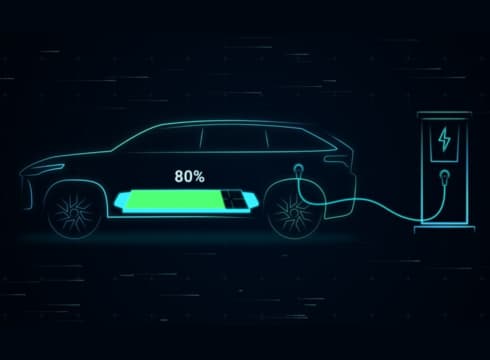NITI Aayog has suggested incentives in the form of production-linked incentive (PLI) schemes, tax benefits, and royalties
Policy should focus on scaling up LIB recycling infrastructure with production linked incentives to complement mining and extraction efforts of critical minerals, the policy think tank said.
The policy think tank has also suggested to promote R&D for earth abundant alternatives to critical minerals used in ACC batteries
Inc42 Daily Brief
Stay Ahead With Daily News & Analysis on India’s Tech & Startup Economy
Government think tank NITI Aayog has suggested incentives in the form of production-linked incentive (PLI) schemes, tax benefits, and royalties to support the processing and refining of minerals used in lithium-ion batteries.
“Policy should focus on scaling up LIB recycling infrastructure with production-linked incentives to complement mining and extraction efforts of critical minerals. This will aid in promoting environmentally sustainable waste management practices, reuse and disposal,” NITI Aayog said in a report.
In its ‘Mine to market: critical minerals supply chain for domestic value addition in lithium-ion battery manufacturing’ report, the policy think tank has also suggested promoting R&D for earth-abundant alternatives to critical minerals used in ACC (Advanced Carbon Composite) batteries, support lab to market commercialisation of products.
In addition, it has also suggested providing startup incubators and technology industrialisation centres and facilitating demonstration projects.
India’s advance chemistry cell manufacturing industry will need around 193 thousand tons/annum of cathode active material to produce 100 GWh / annum of batteries by 2030, the report added.
“Critical minerals and their active materials used in the production of lithium-ion batteries (LIB) account for approx. 33%-48% of the overall LIB pack cost depending on cathode chemistry and supply chain costs for mining and refining of critical minerals,” it added further.
NITI Aayog is of the view that the synthesis of Li-NMC and LFP active materials from critical mineral precursors alone can contribute nearly 12% domestic value addition in lithium-ion battery (LIB) pack manufacturing.
This comes at a time when India is betting big on electric vehicles (EVs). As per the updated Nationally Determined Contribution (NDC) of the country, which the Union Cabinet approved in August last year, India committed to reducing the emissions intensity of its Gross Domestic Product (GDP) by 45% by 2030 from the 2005 level.
Li-ion cells are boosting the transition to EVs globally, including in India. The Indian Li-ion battery market is anticipated to grow from 4 GWh in 2022 to 120 GWh by 2030.
India is still dependent on importing Li-ion batteries as lithium reserves have skewed concentration across the world. The Geological Survey of India earlier discovered substantial amounts of lithium deposits in the Reasi district of Jammu which was good news for India. However, it could take around 7-8 years to bring the mine to commercial production levels.
Finance Minister Nirmala Sitharaman in her budget proposals had announced the exemption of customs duty on the import of capital goods and machinery for manufacturing of li-ion cells for EV batteries.
Currently, there are only a few startups such as Log 9 Materials and ION Energy that have been working on technologies that are alternatives to lithium-ion.
Note: We at Inc42 take our ethics very seriously. More information about it can be found here.


